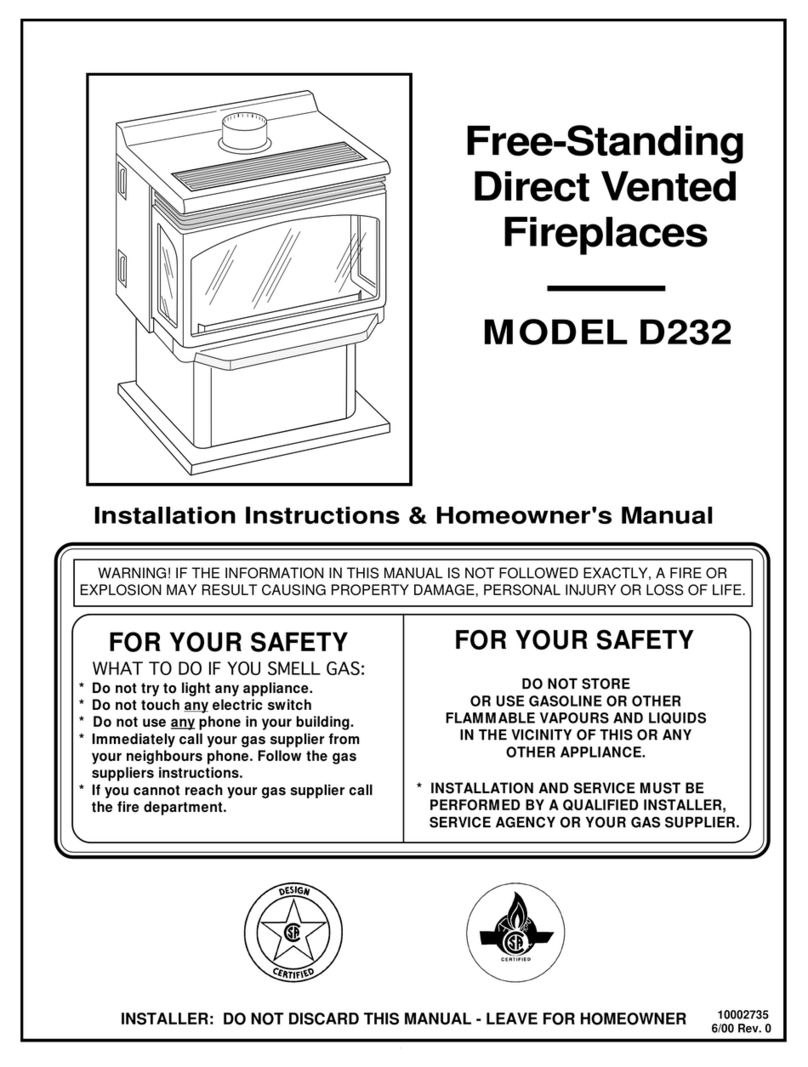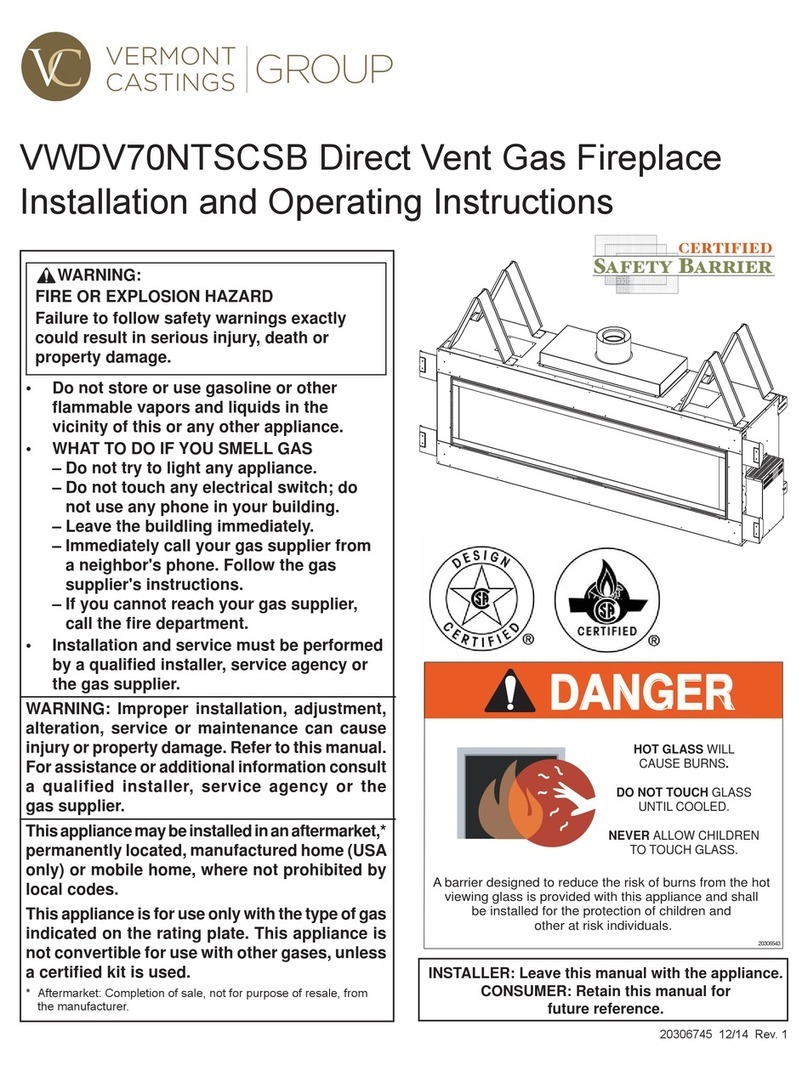Vermont Castings Montpelier Mounting instructions
Other Vermont Castings Indoor Fireplace manuals
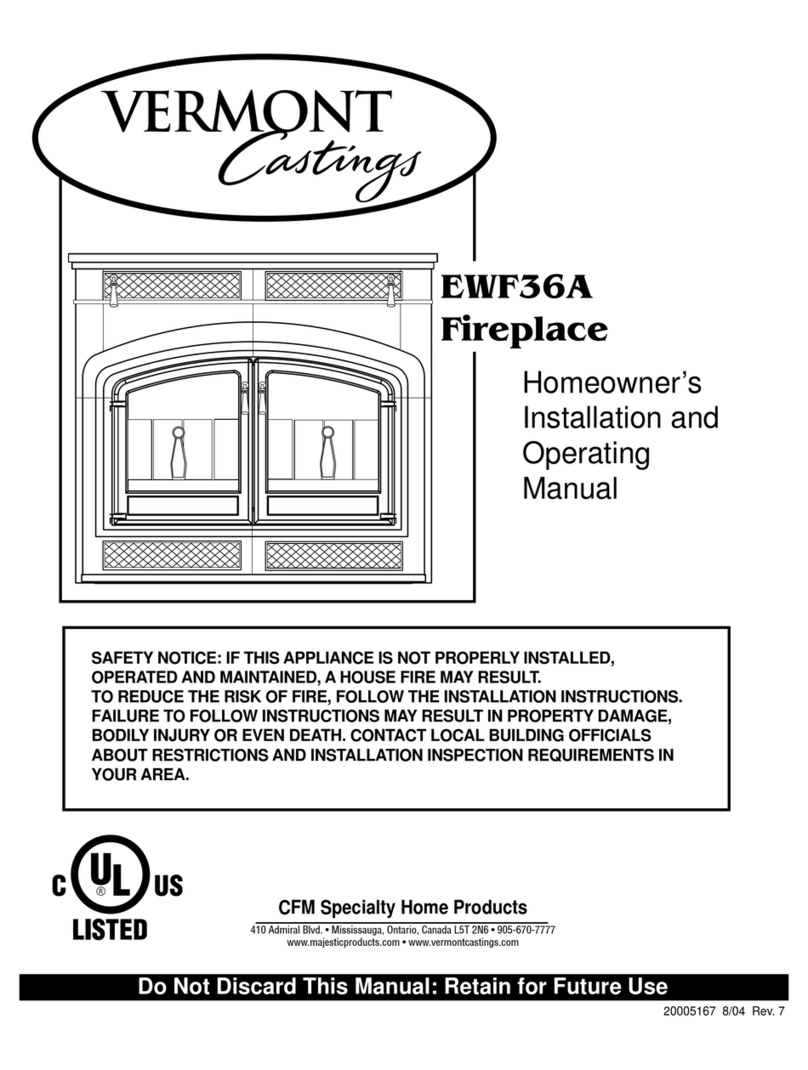
Vermont Castings
Vermont Castings EWF36A Mounting instructions
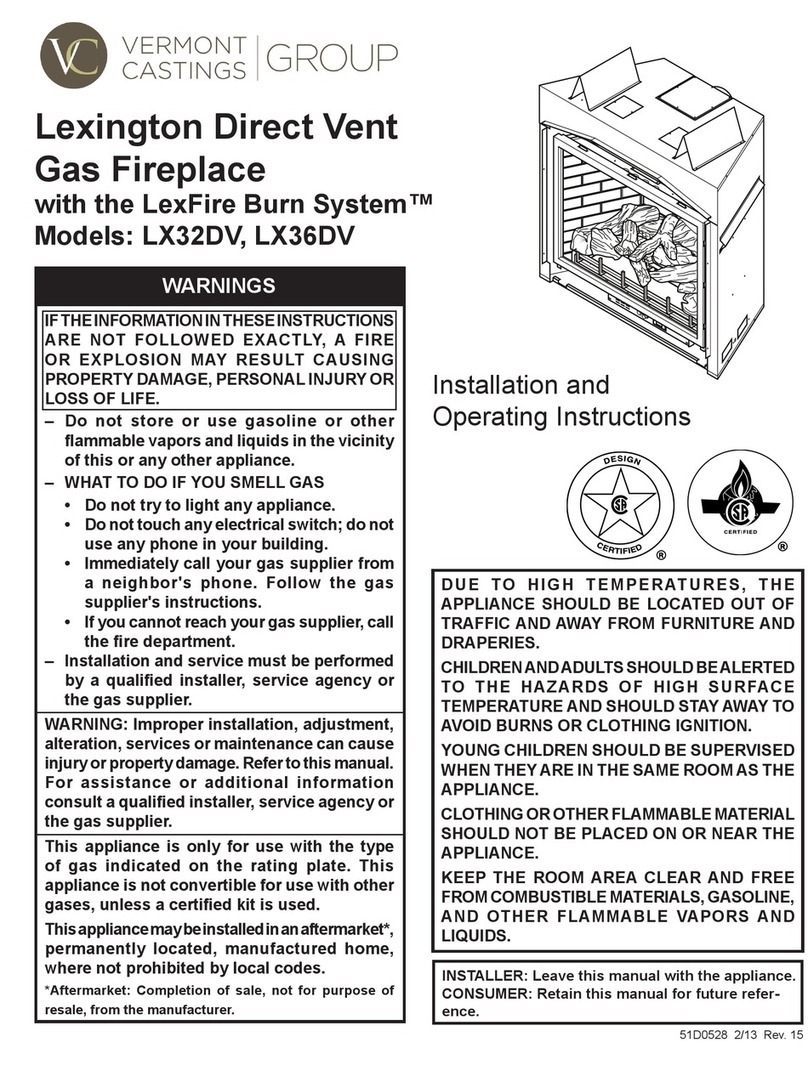
Vermont Castings
Vermont Castings Lexington LX32DV User manual
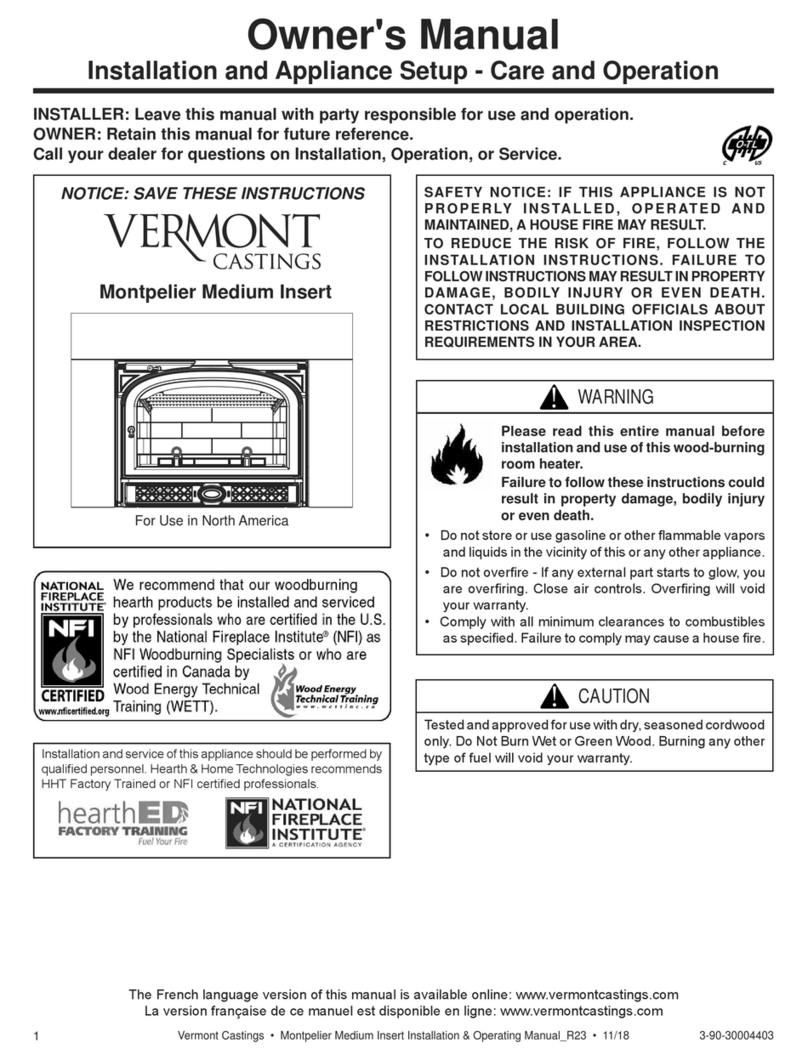
Vermont Castings
Vermont Castings Montpelier Medium Insert User manual
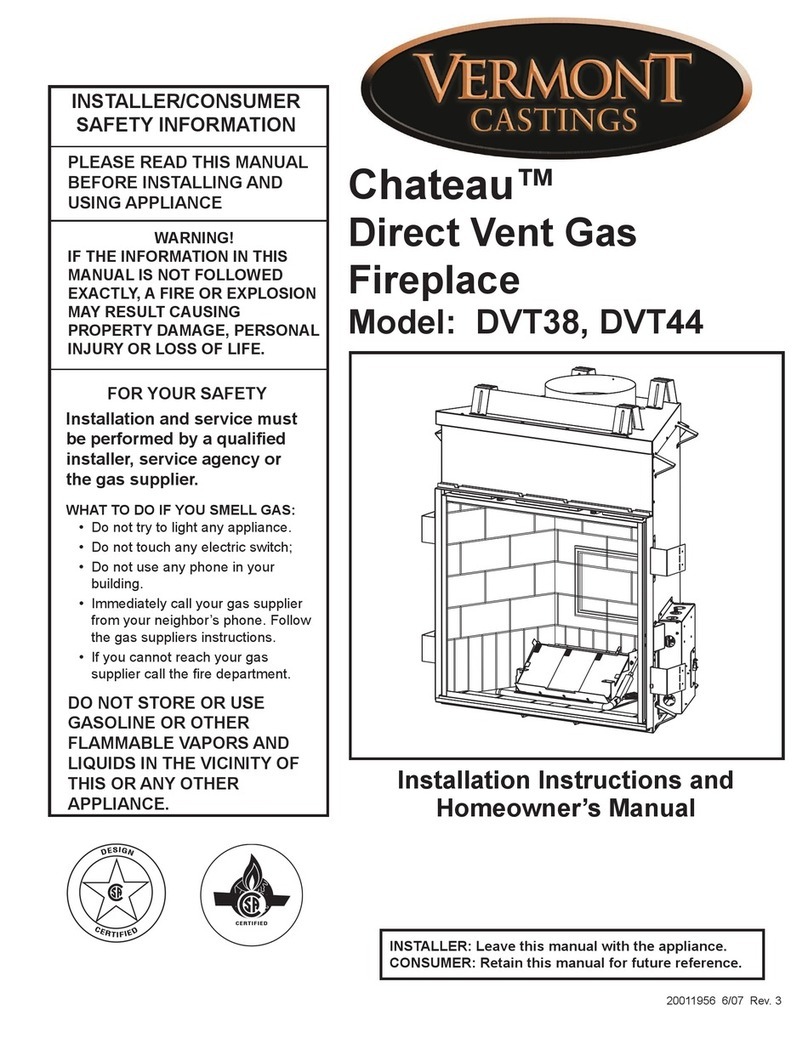
Vermont Castings
Vermont Castings Chateau DVT44 Assembly instructions
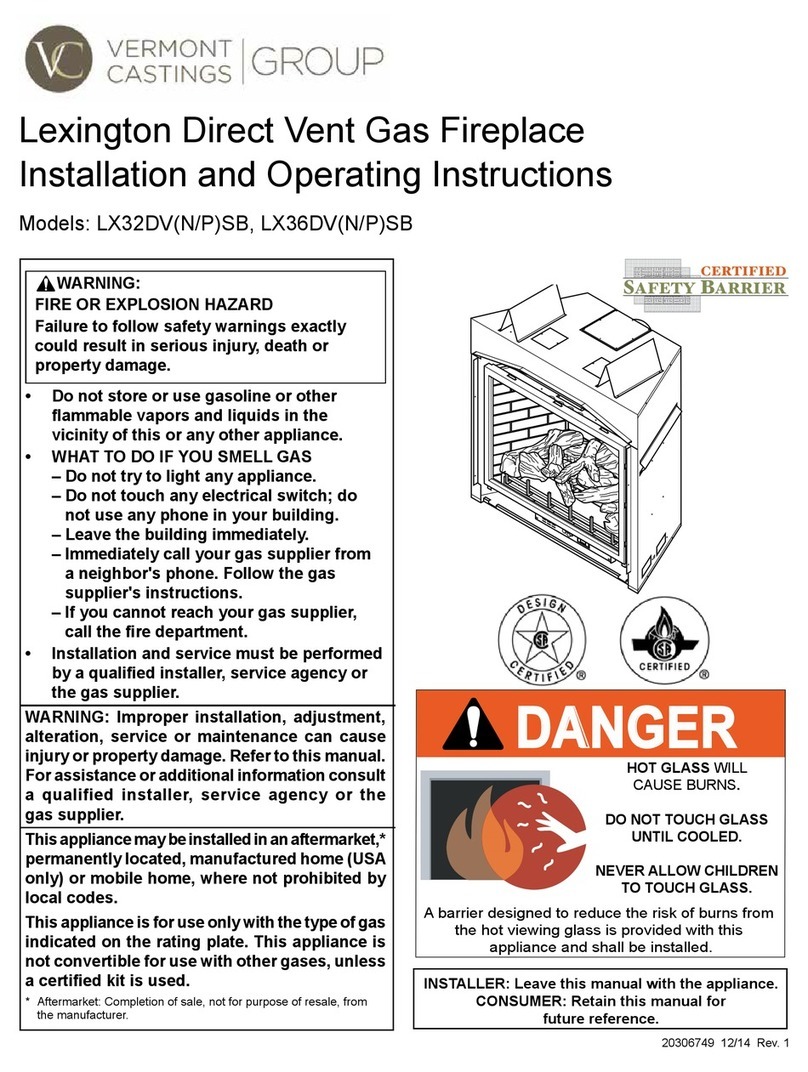
Vermont Castings
Vermont Castings LX32DV(N/P)SB User manual
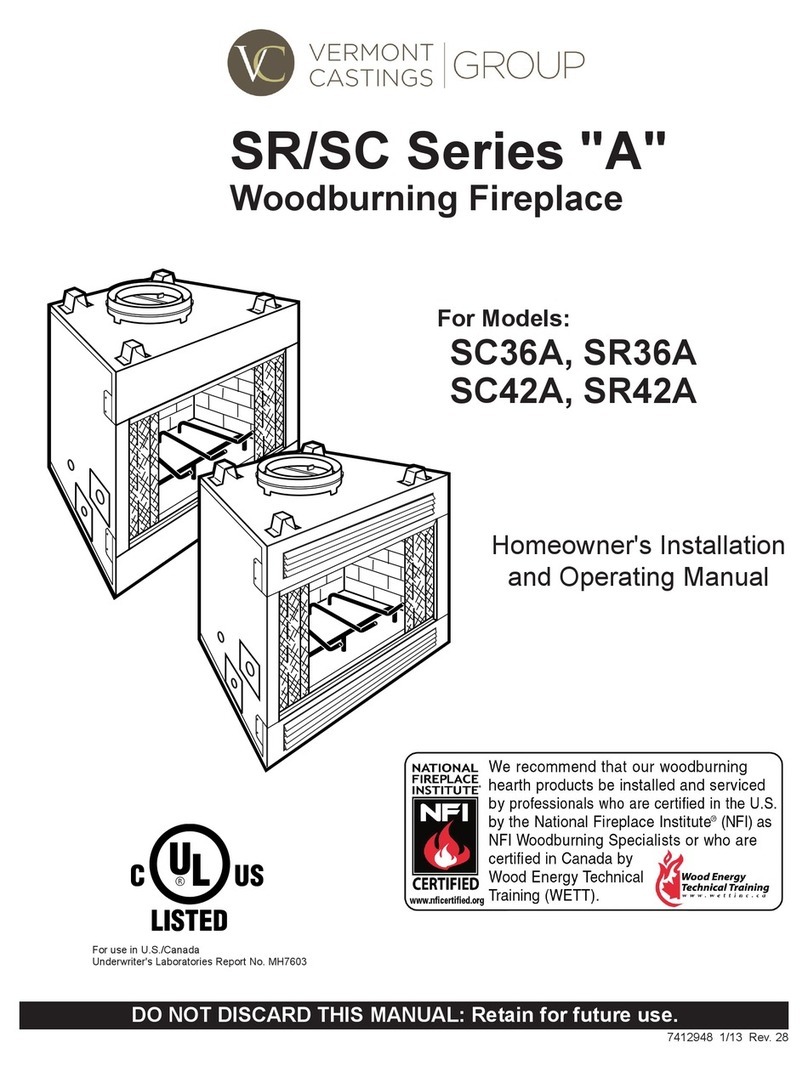
Vermont Castings
Vermont Castings SC36A User manual
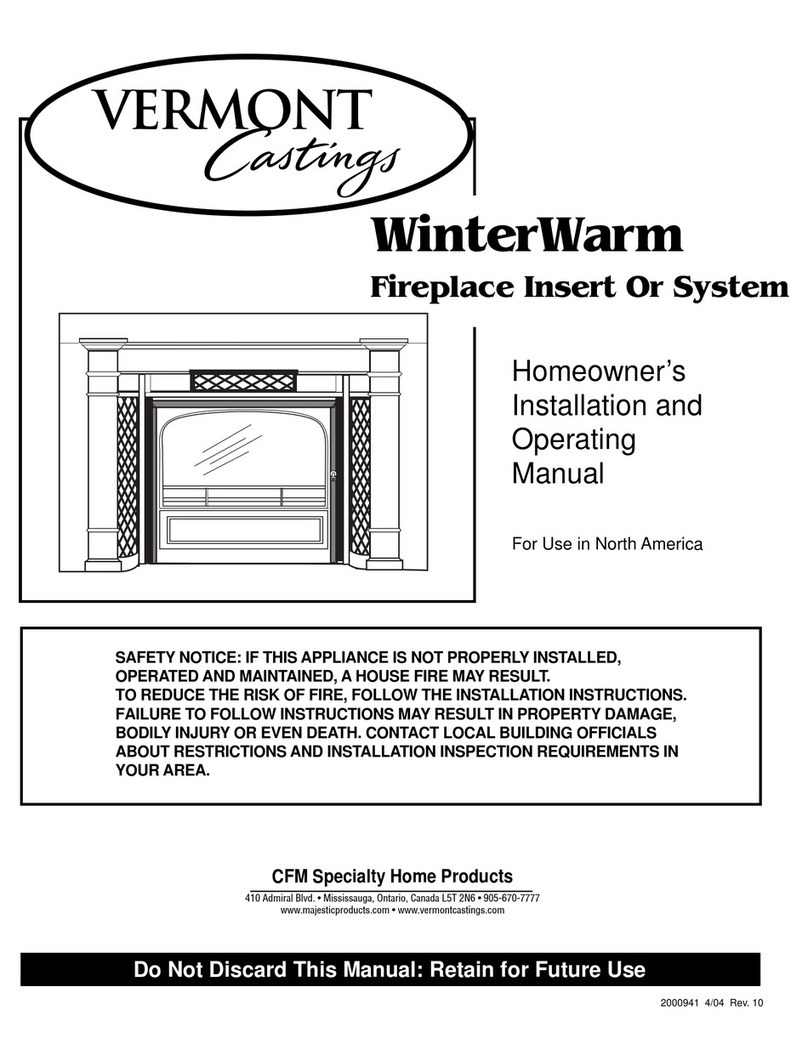
Vermont Castings
Vermont Castings WinterWarm Mounting instructions
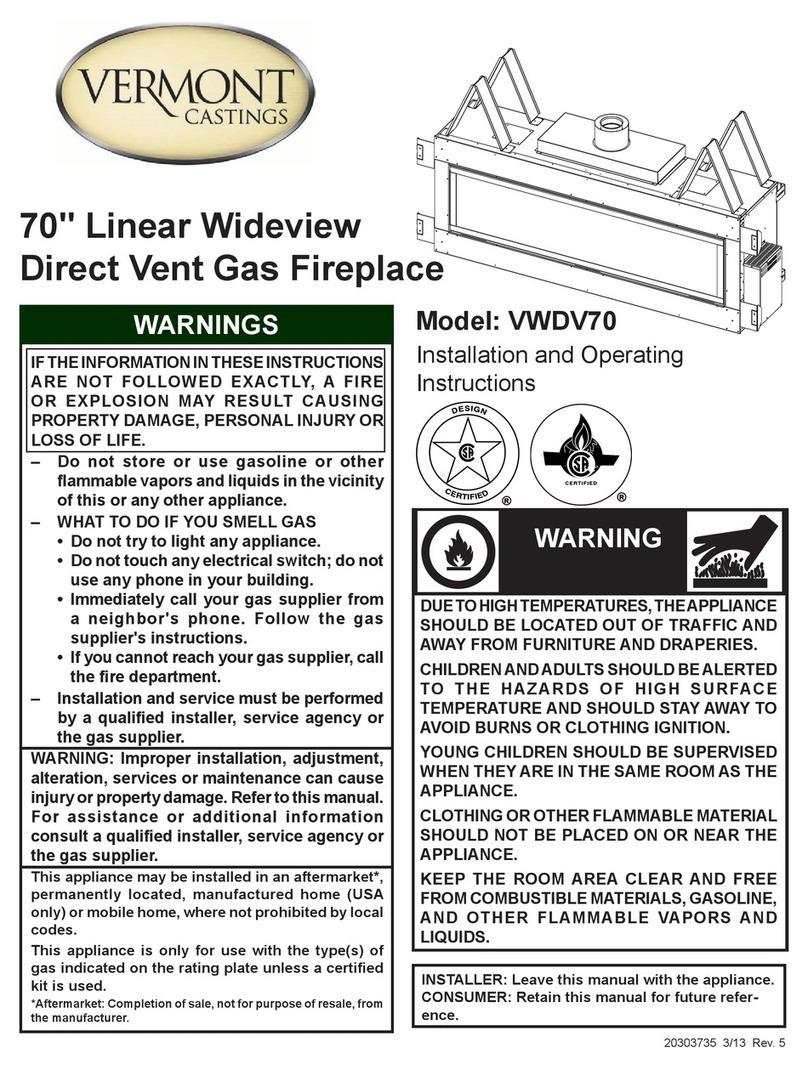
Vermont Castings
Vermont Castings VWDV70 User manual
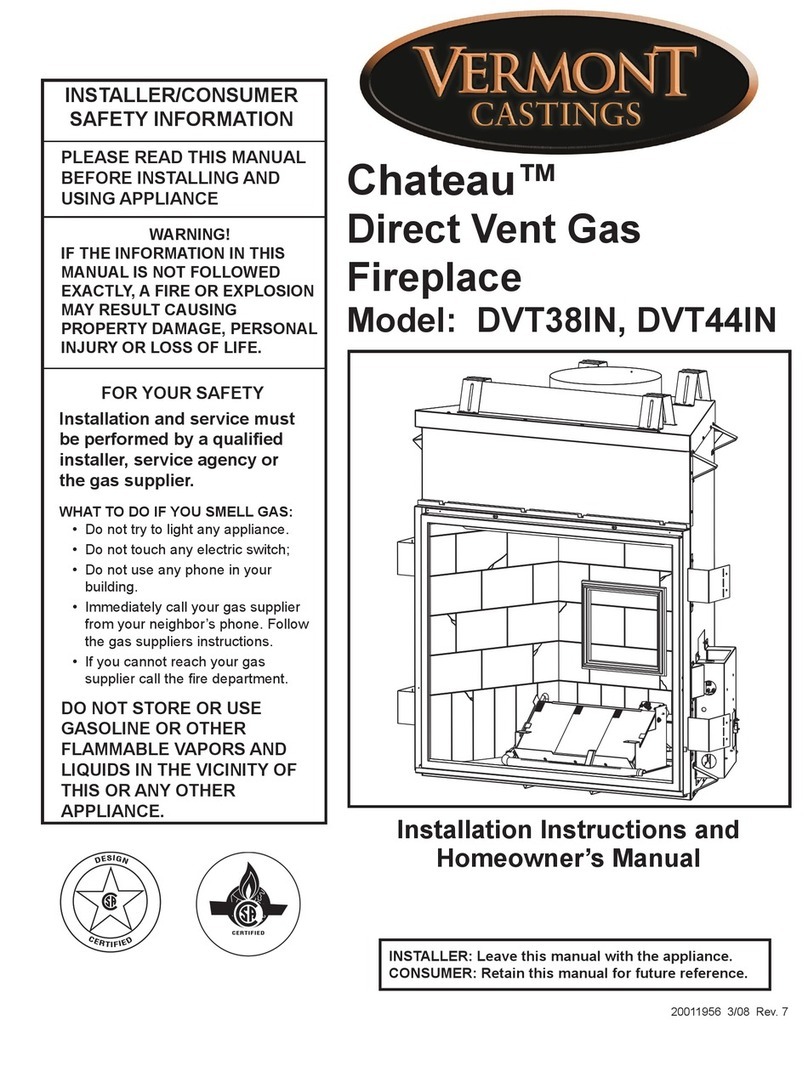
Vermont Castings
Vermont Castings ChateauTM DVT38IN User manual
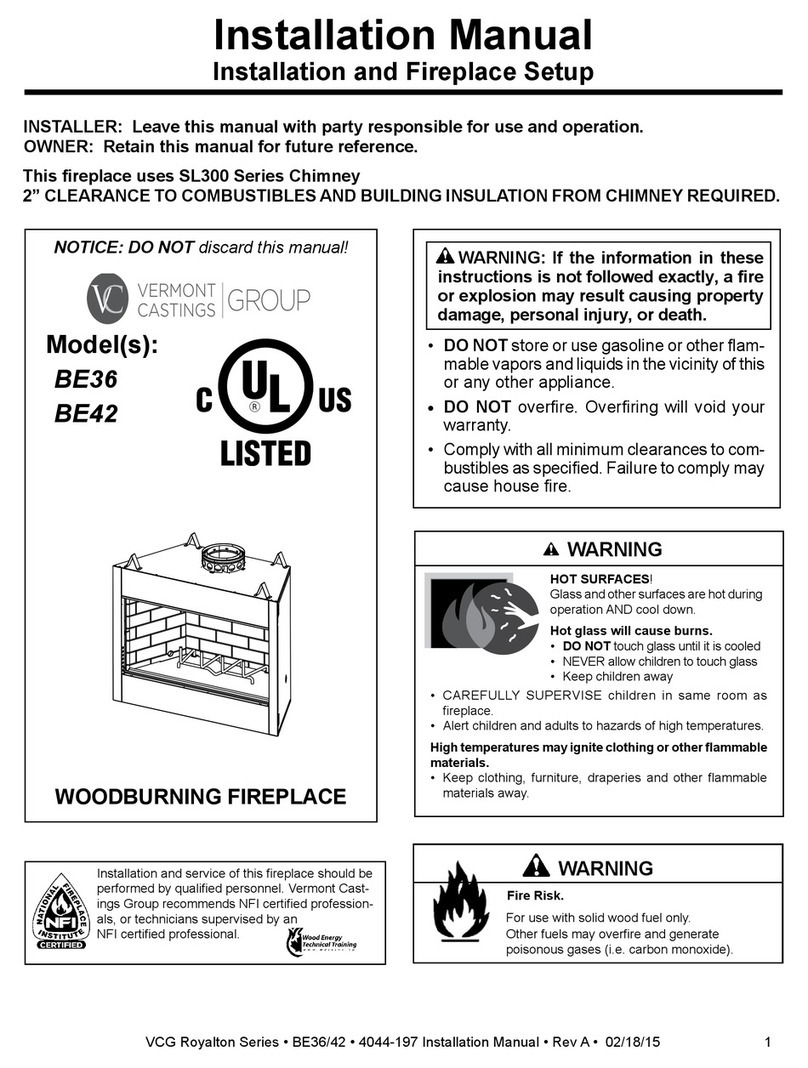
Vermont Castings
Vermont Castings BE36 User manual
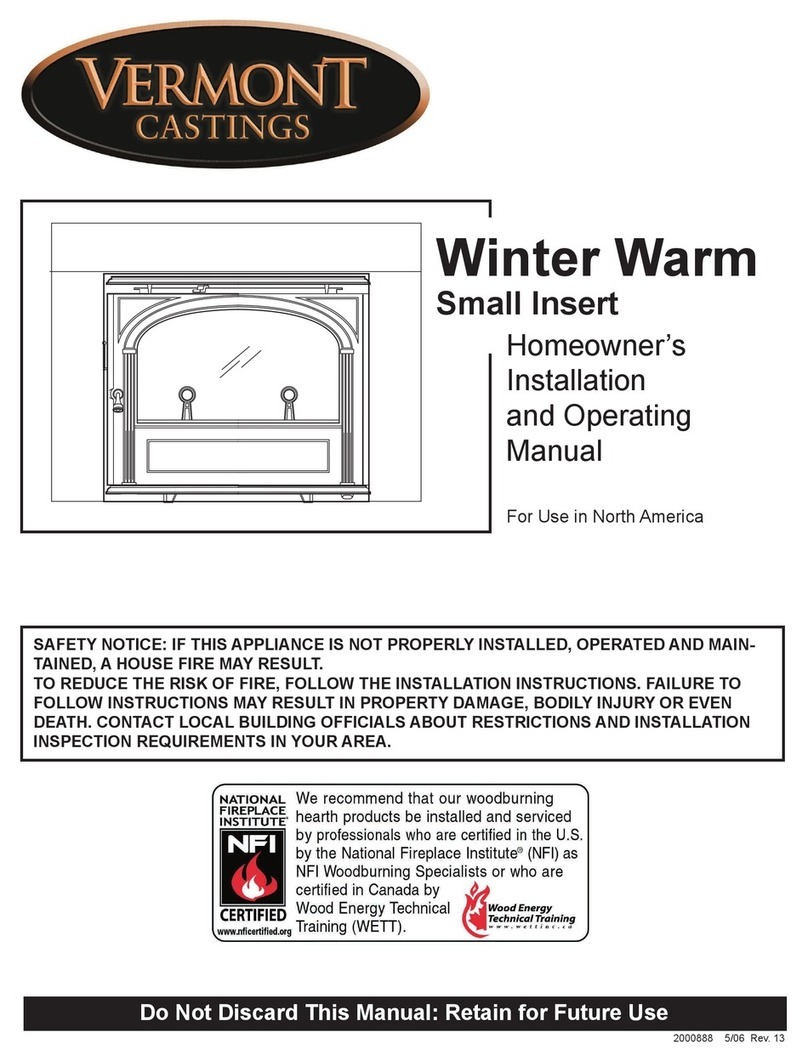
Vermont Castings
Vermont Castings WinterWarm Small Insert 2080 User manual
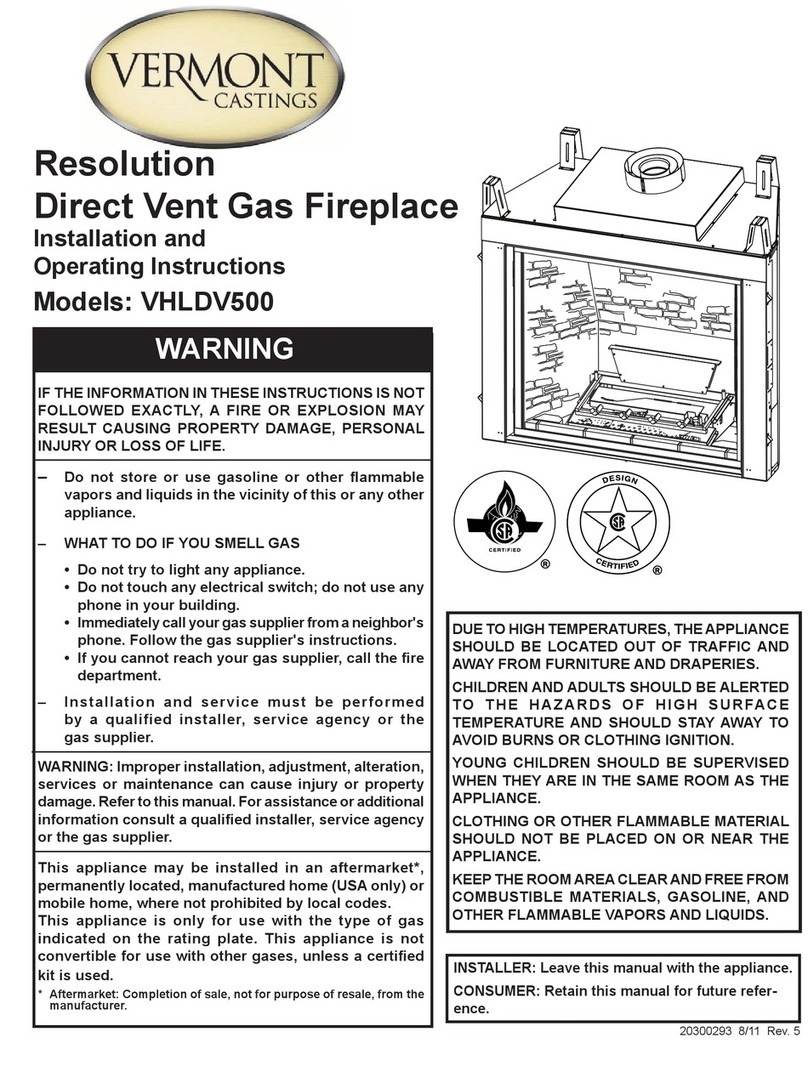
Vermont Castings
Vermont Castings Resolution VHLDV500 User manual
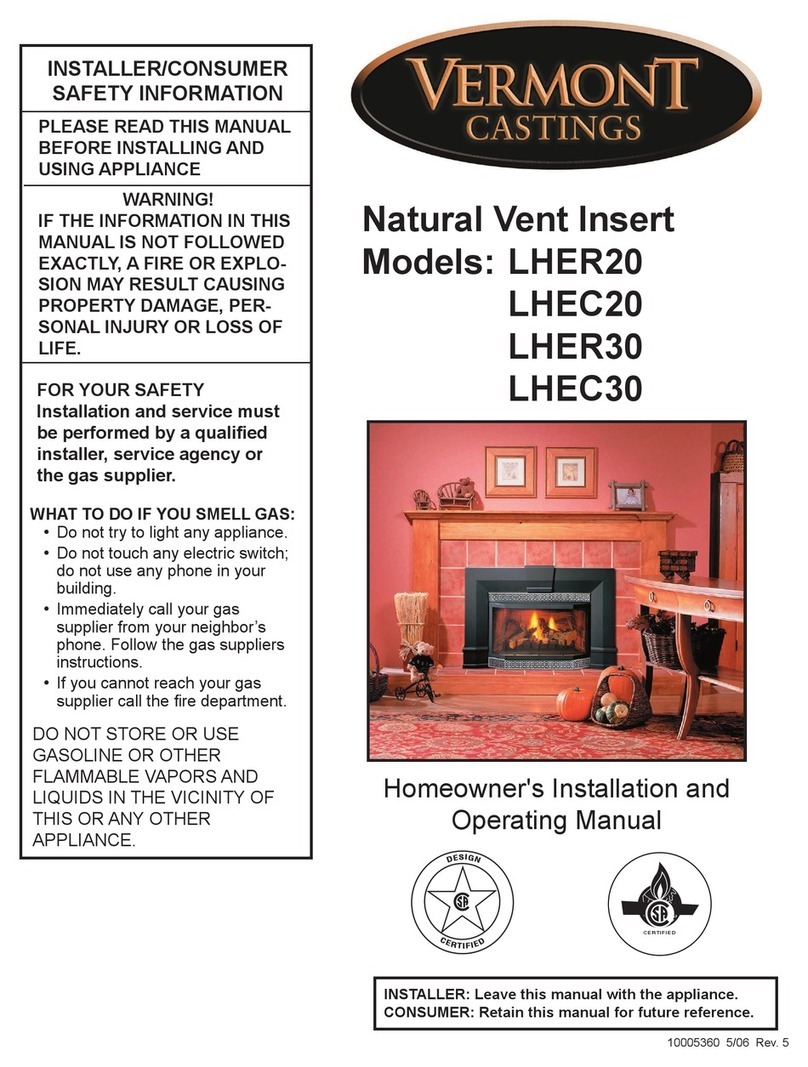
Vermont Castings
Vermont Castings LHER20 Mounting instructions
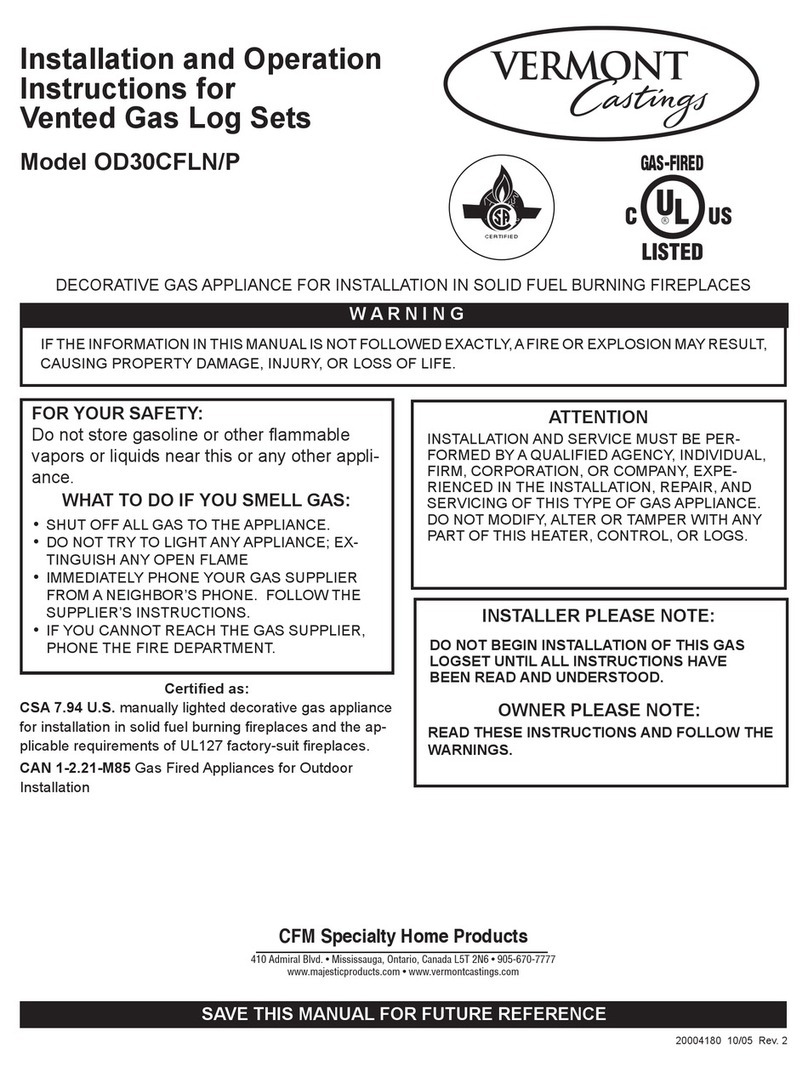
Vermont Castings
Vermont Castings OD30CFLN/P User manual
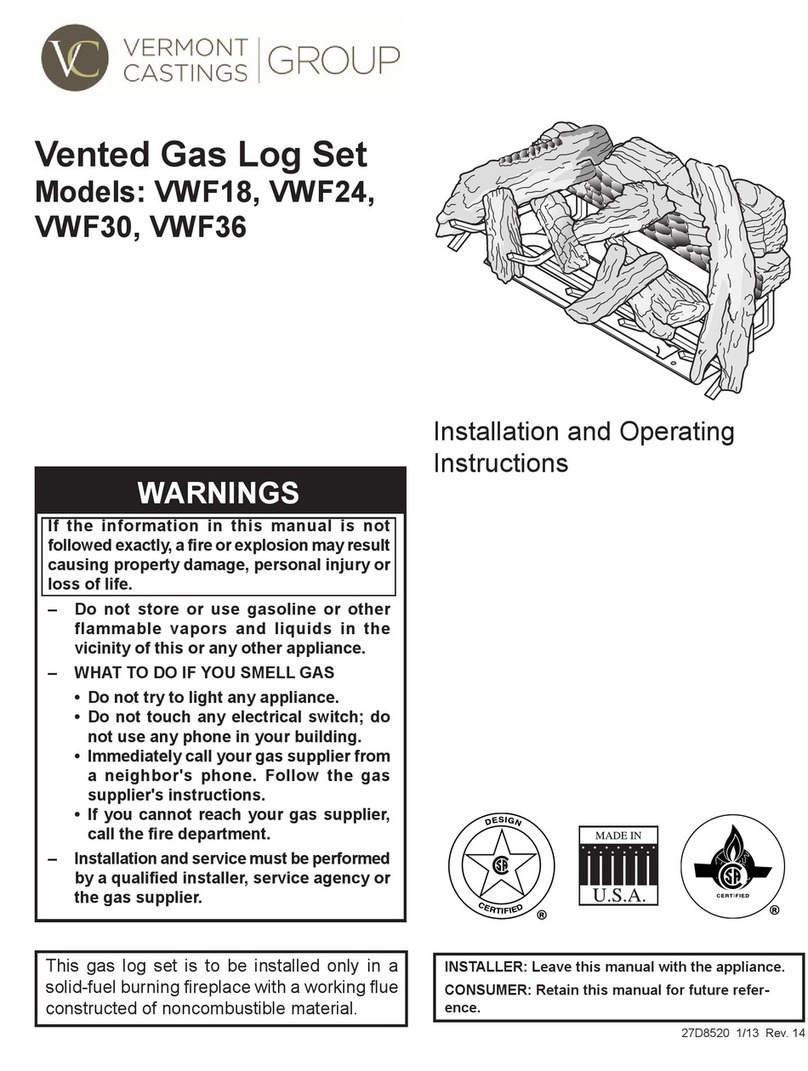
Vermont Castings
Vermont Castings VWF18 User manual
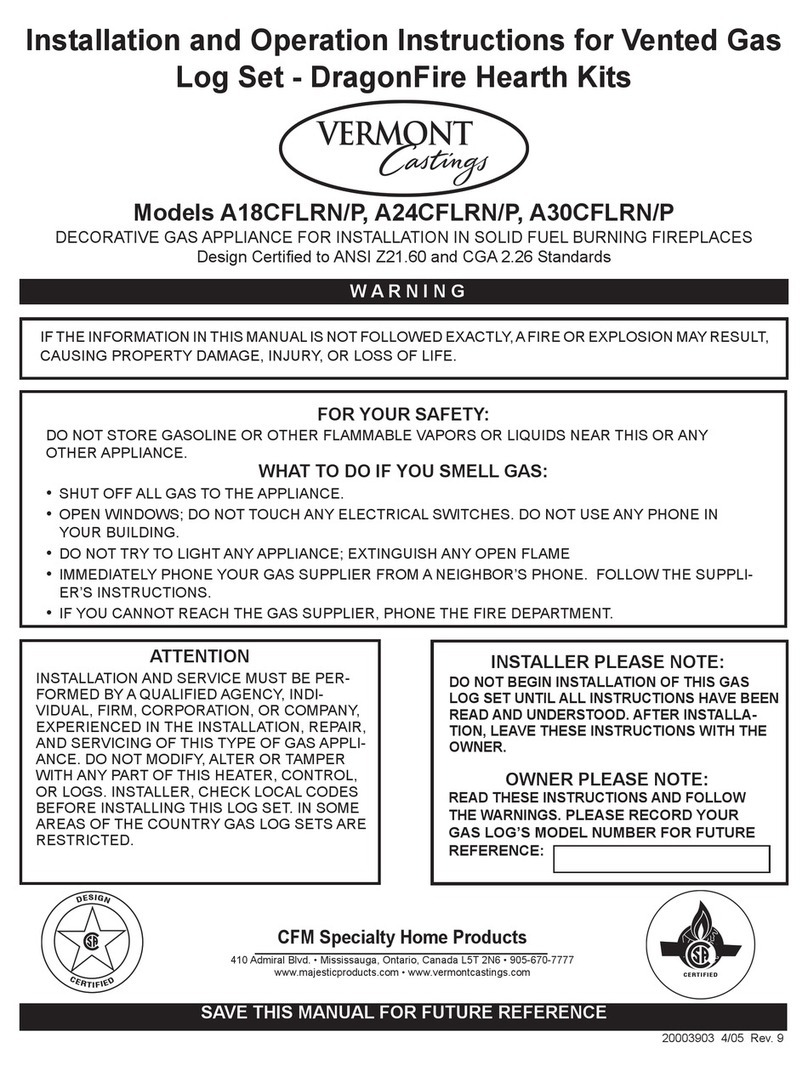
Vermont Castings
Vermont Castings A18CFLRN/P User manual

Vermont Castings
Vermont Castings SA18SHKRN User manual
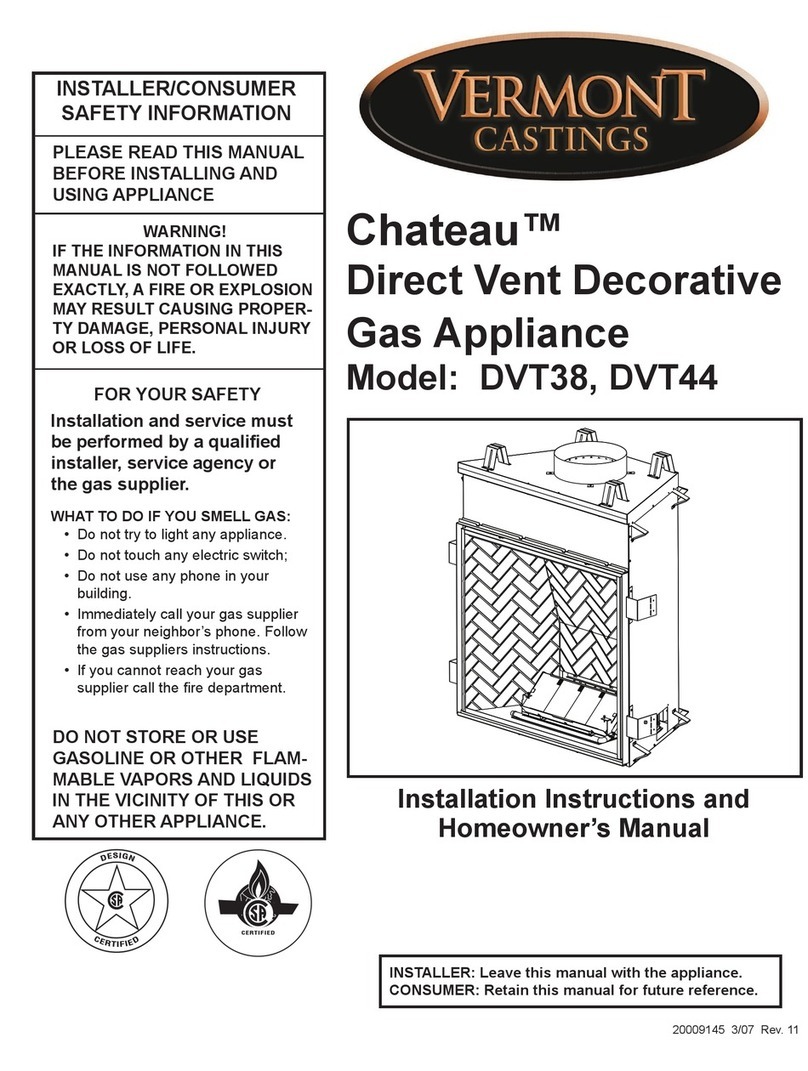
Vermont Castings
Vermont Castings Chateau DVT38 Assembly instructions
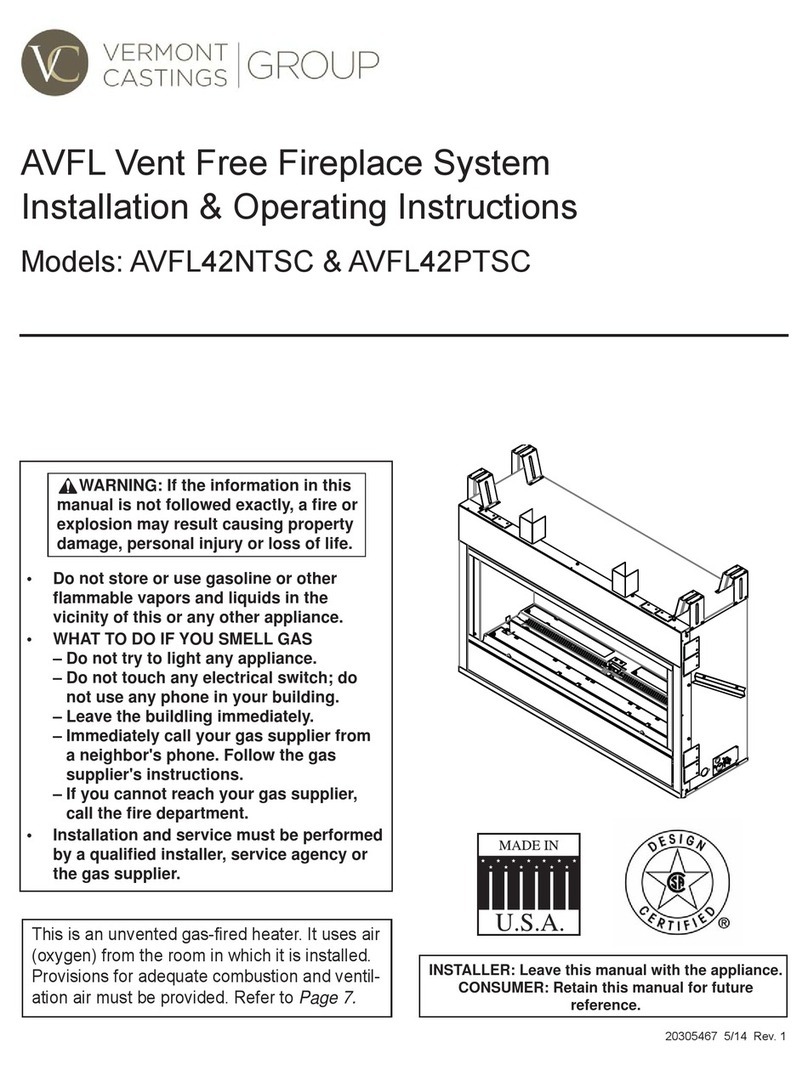
Vermont Castings
Vermont Castings AVFL42NTSC Manual
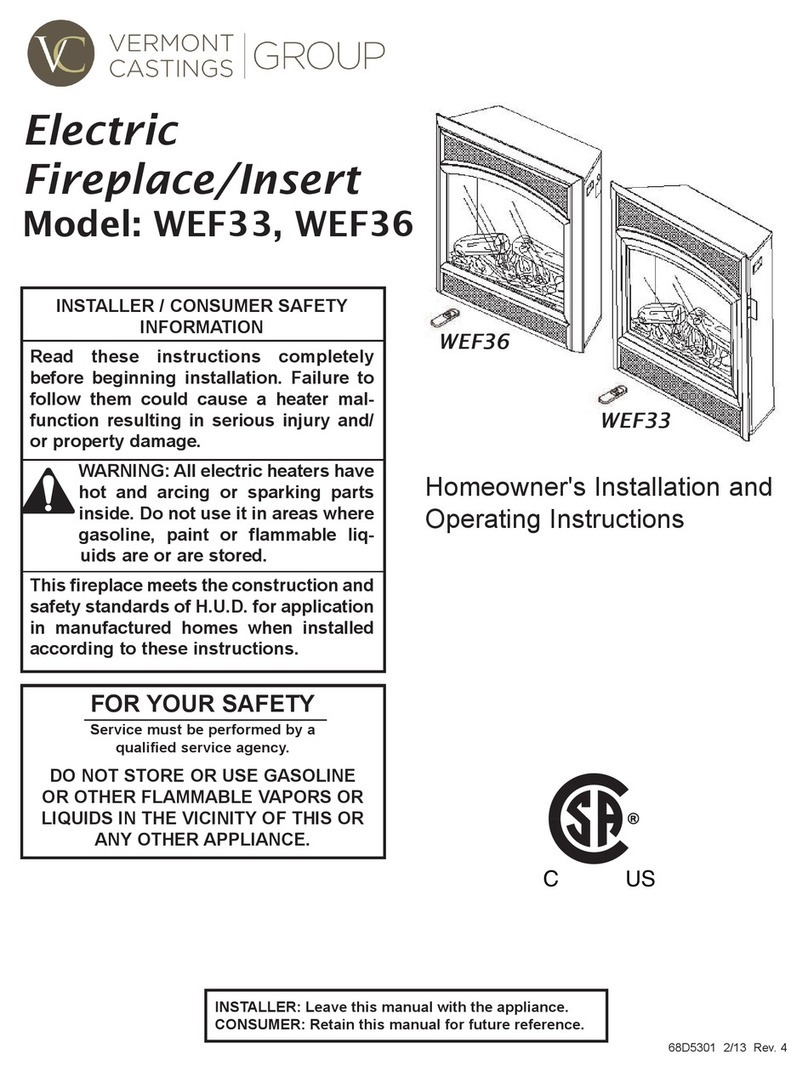
Vermont Castings
Vermont Castings WEF33 Mounting instructions
Popular Indoor Fireplace manuals by other brands
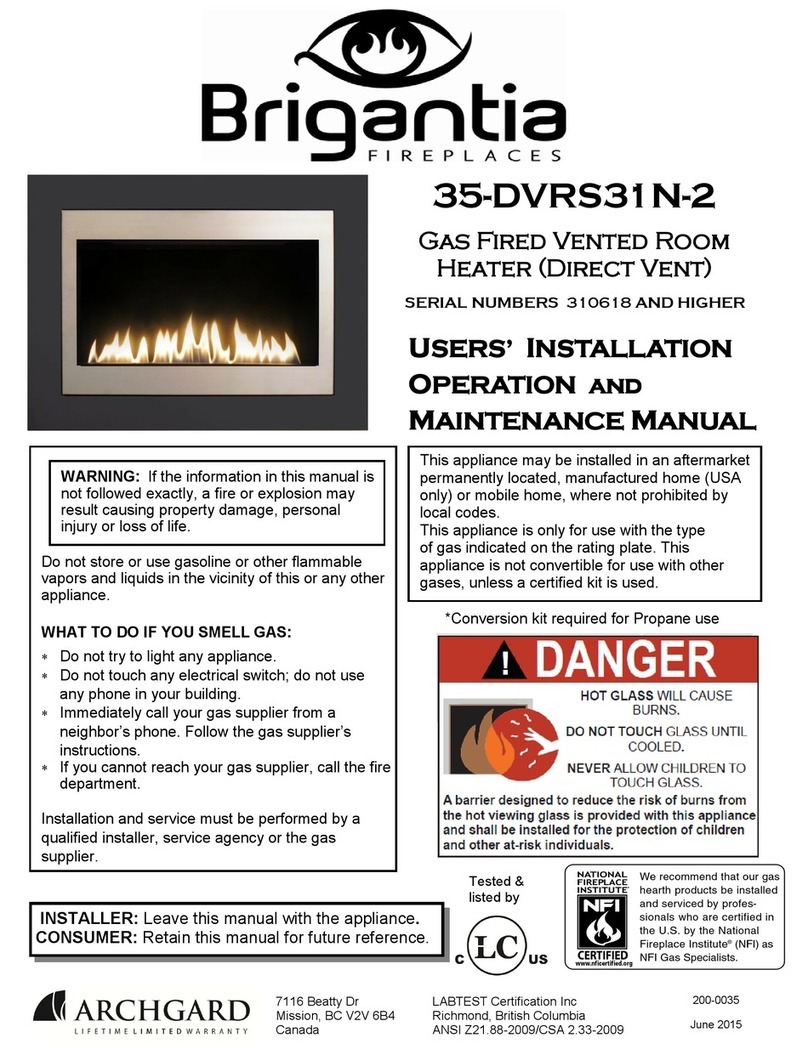
Brigantia
Brigantia 35-DVRS31N-2 User's installation, operation and maintenance manual
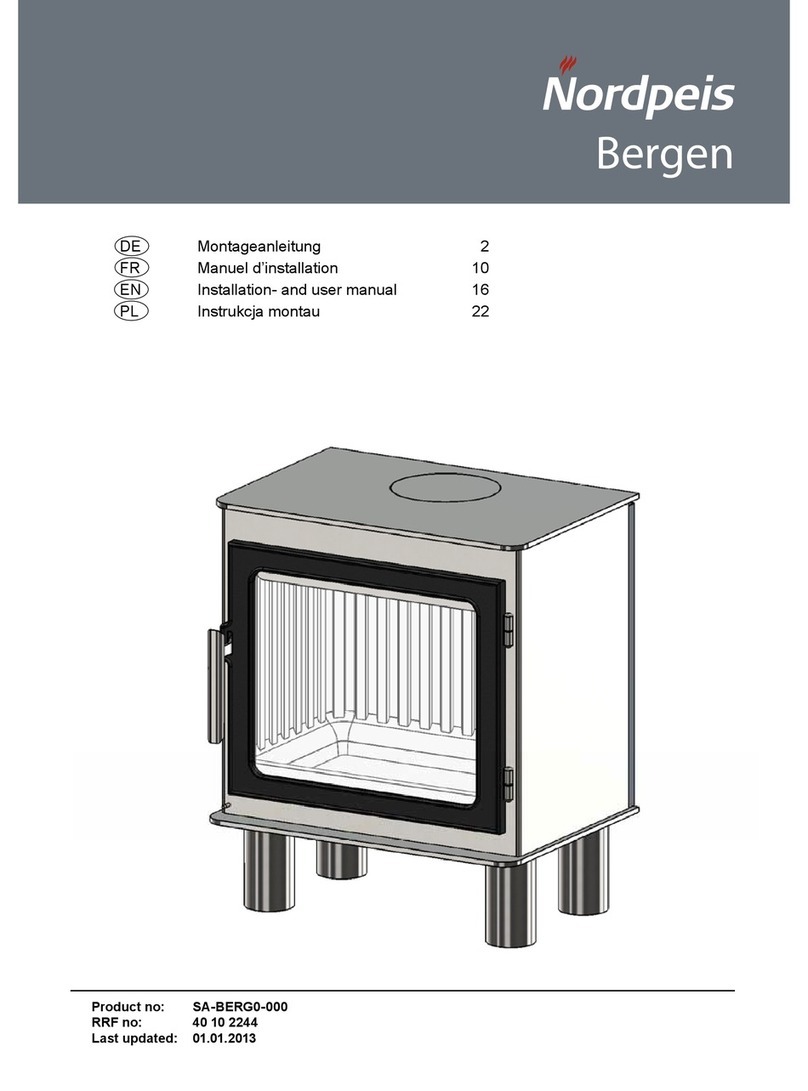
Nordpeis
Nordpeis Bergen Installation and user manual

Superior
Superior BCT2536TMN Installation and operation instructions

Quadra-Fire
Quadra-Fire 5100I-GD-B owner's manual
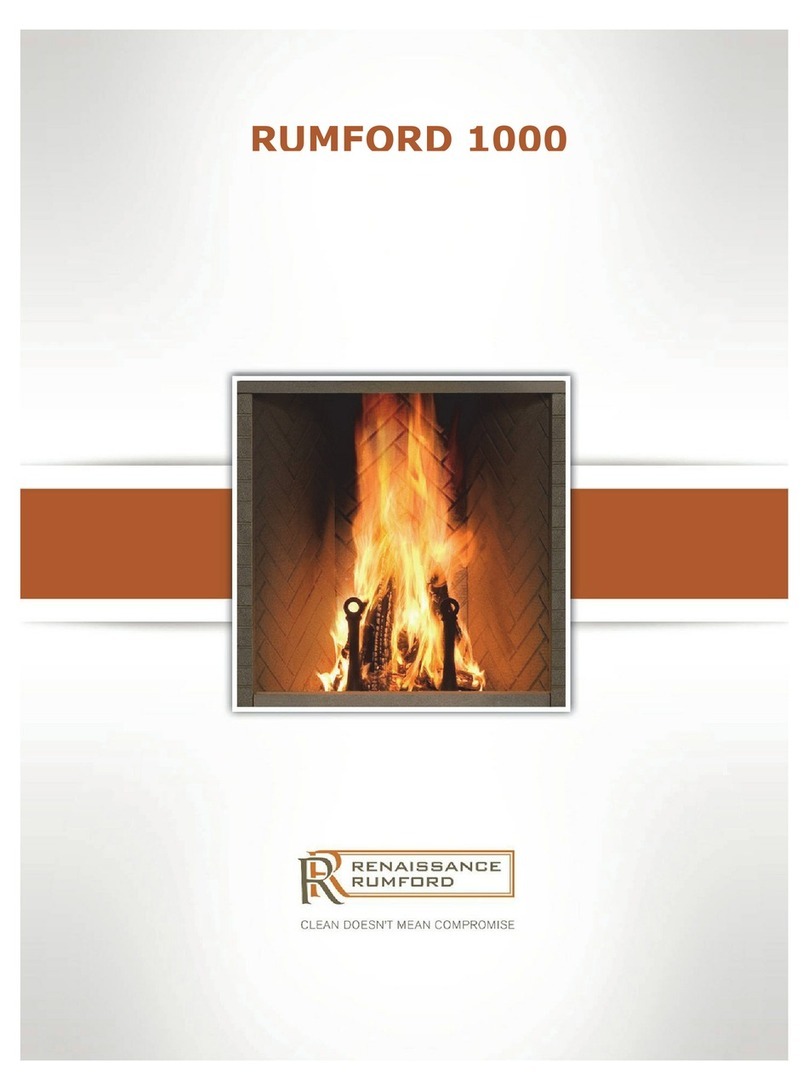
Renaissance
Renaissance RUMFORD 1000 user manual
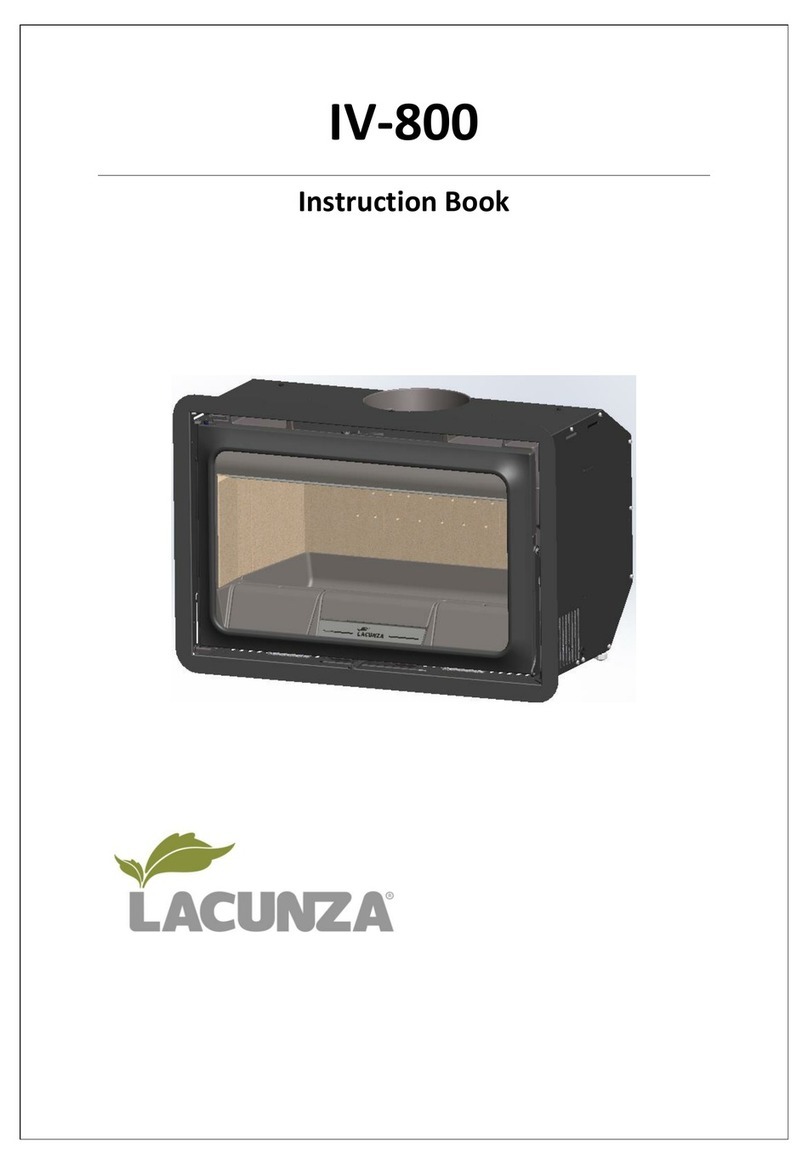
Lacunza
Lacunza IV-800 Instruction book
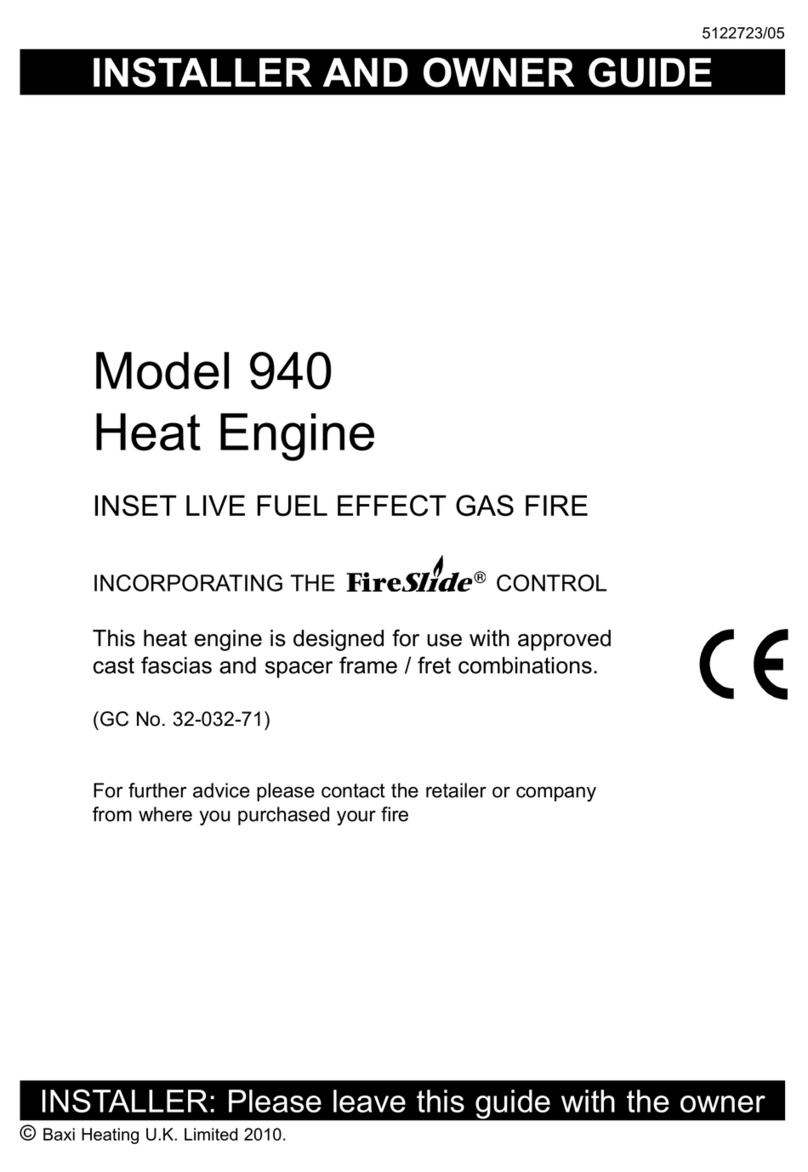
Baxi
Baxi 940 Installer and owner guide
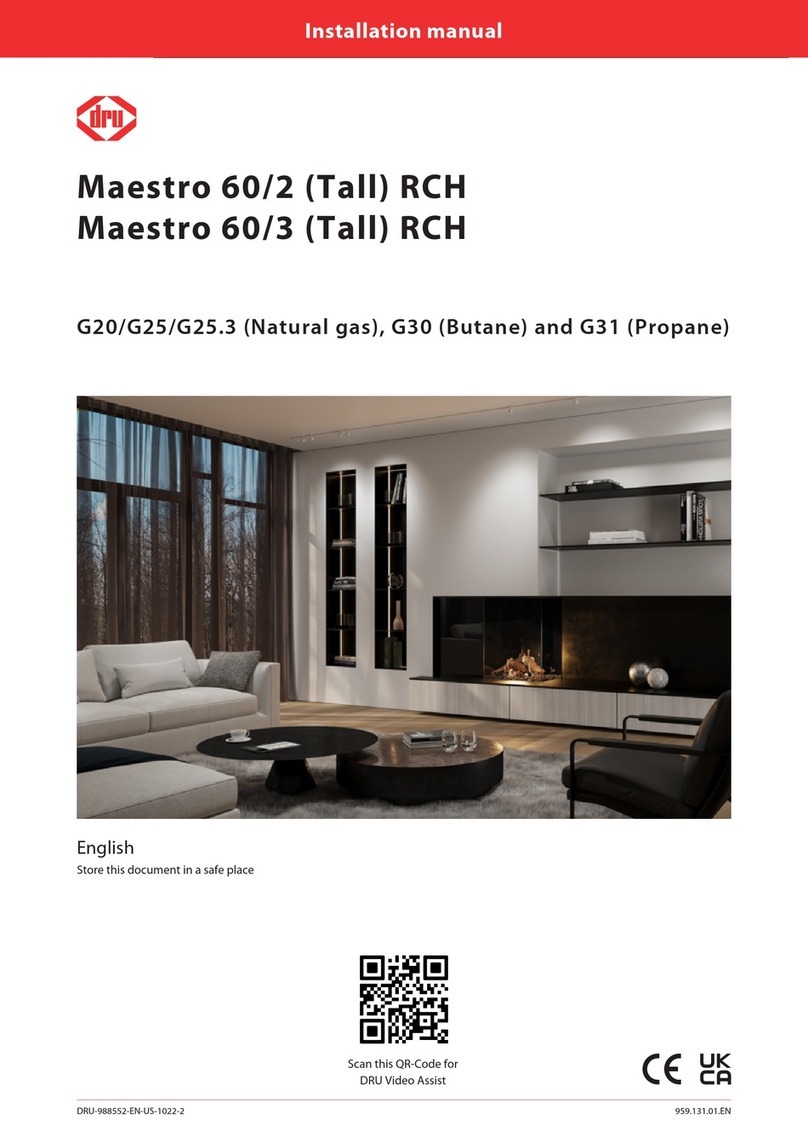
Dru
Dru Maestro 60/2 Tall RCH installation manual
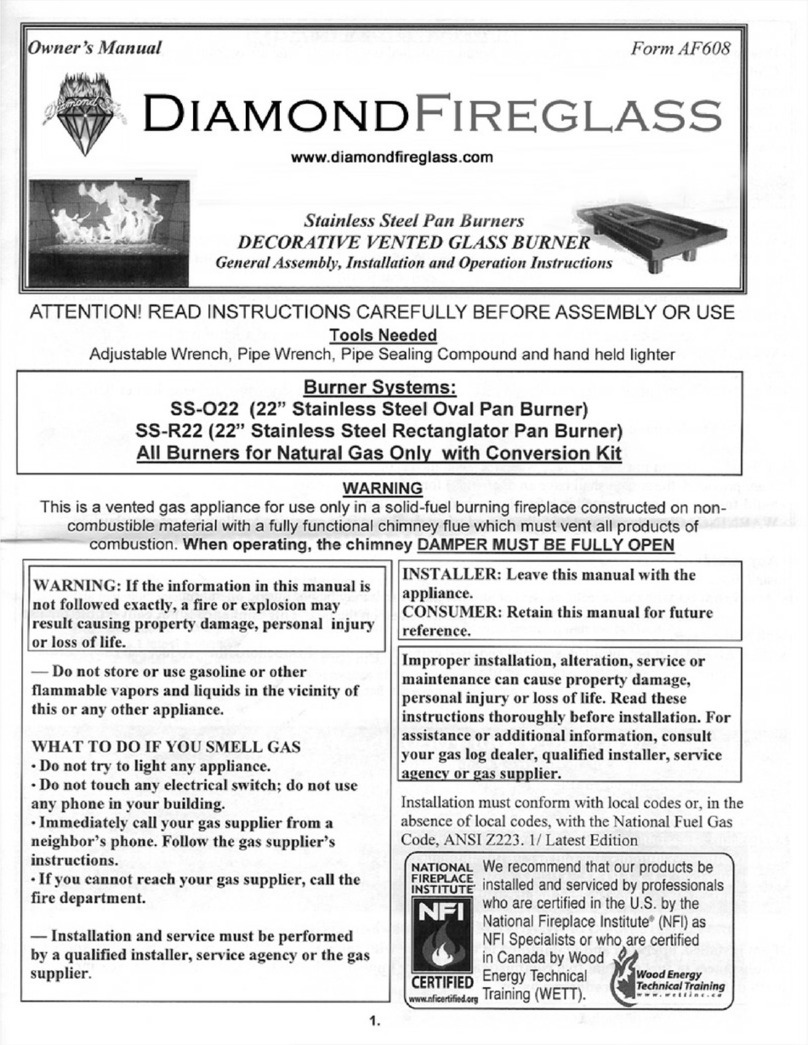
Diamond Fireglass
Diamond Fireglass SS-O22 General assembly, installation, and operation instructions

HearthStone
HearthStone Windsor Bay 8830 Owner's manual and installation guide

Napoleon
Napoleon ASCENT B42 quick start guide
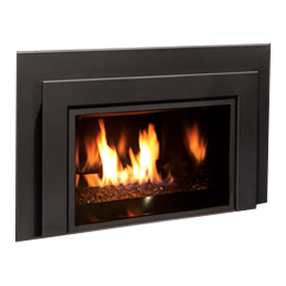
Enviro
Enviro E33GI owner's manual
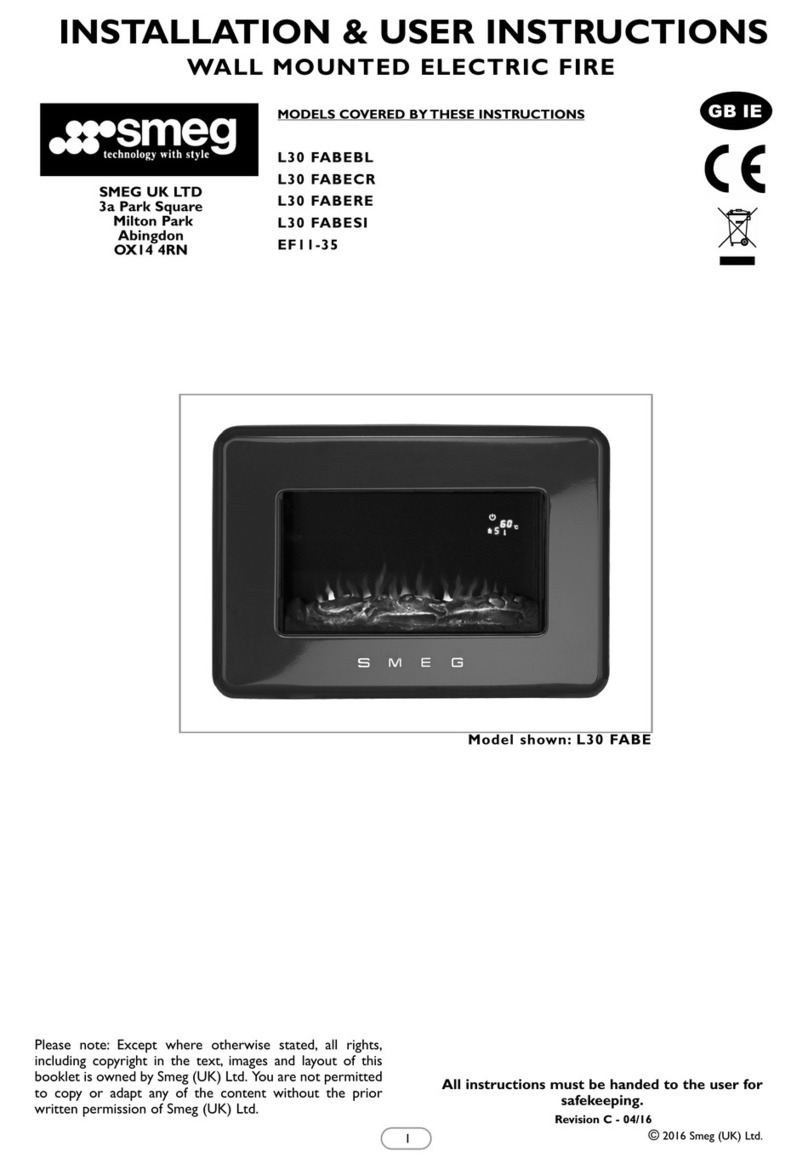
Smeg
Smeg L30 FABE Installation & user's instructions

KEDDY
KEDDY K700 Installation instructions care and firing instructions
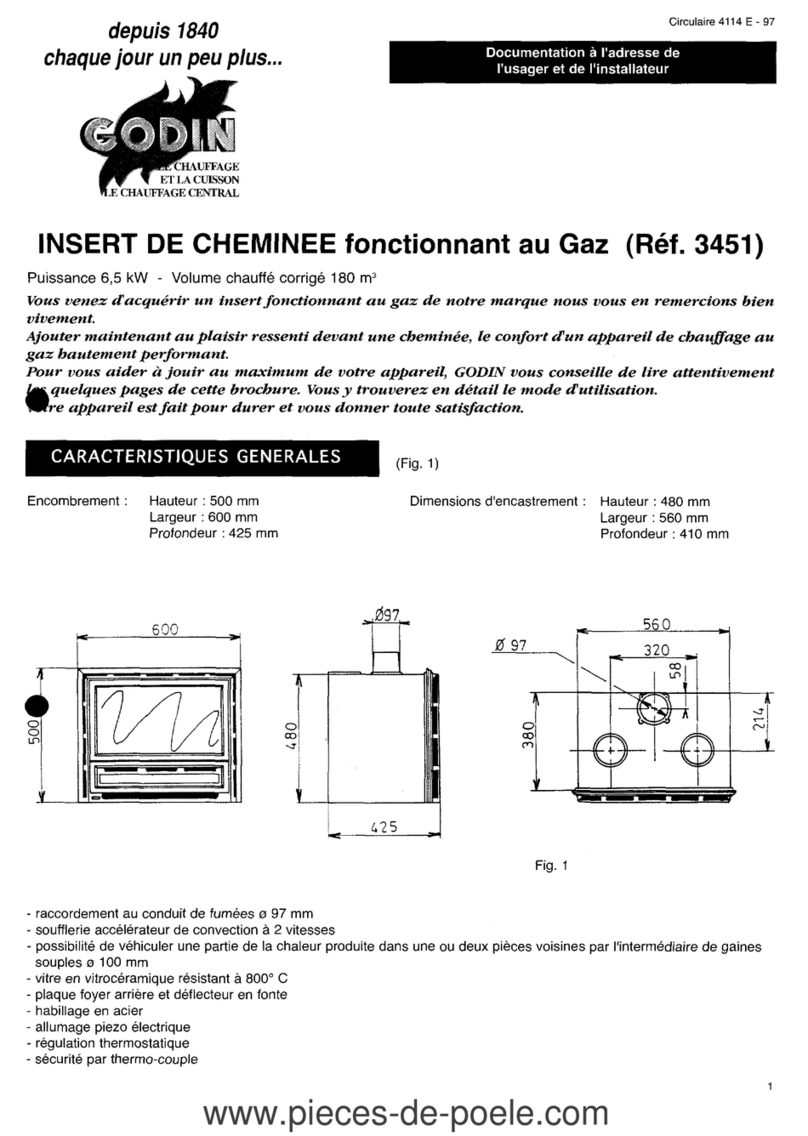
Godin
Godin 3451 manual
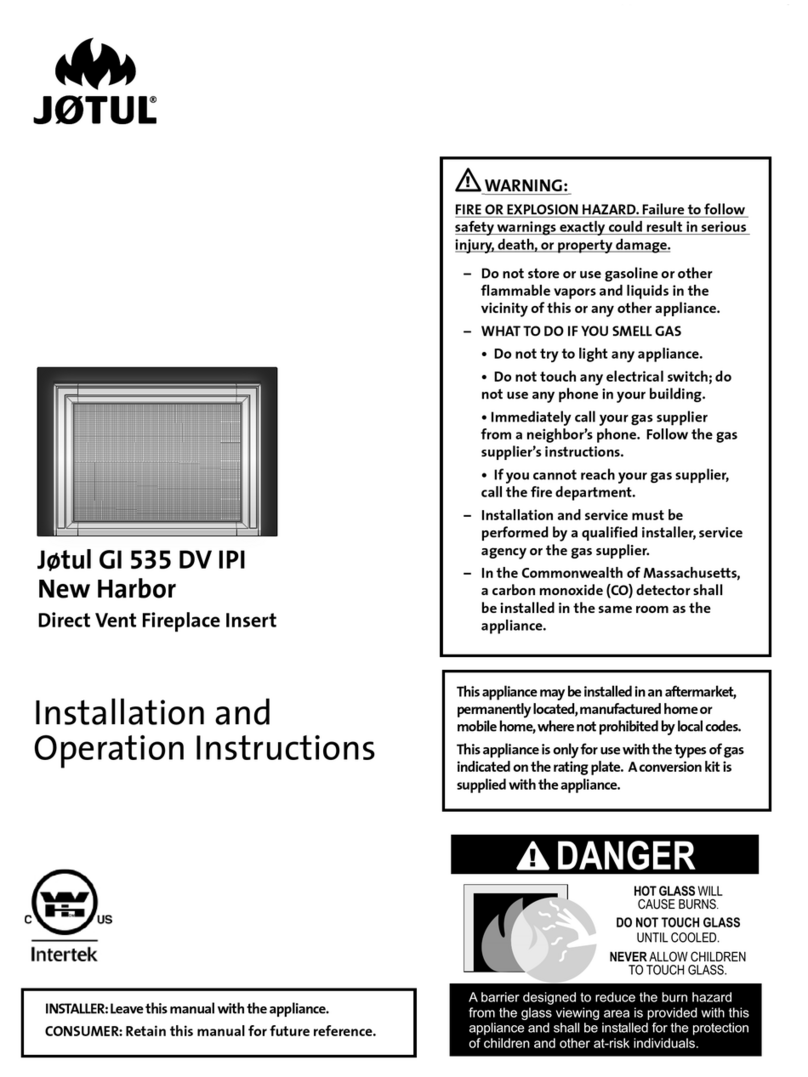
Jøtul
Jøtul Jotul GI 535 DV IPI New Harbor Installation and operation instructions
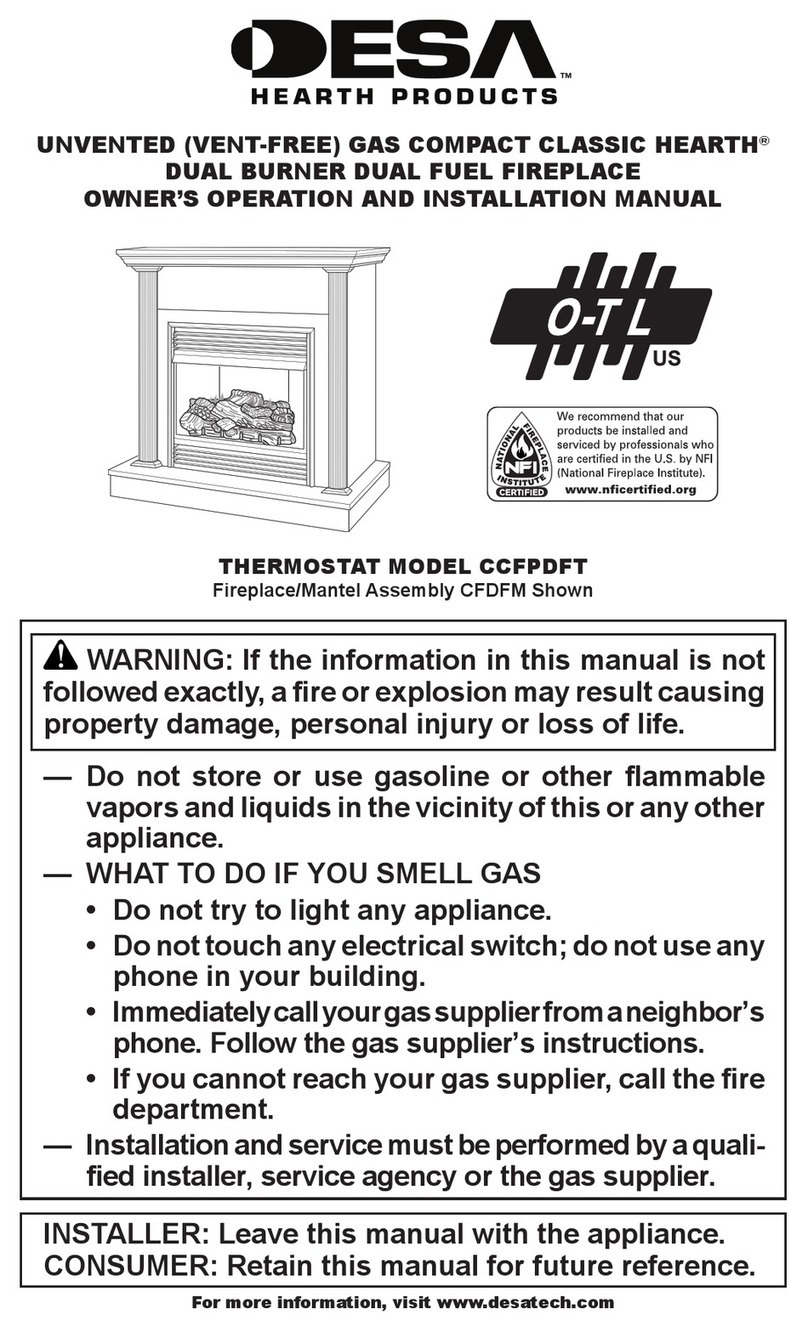
Desa
Desa CCFPDFT Owner's operating & installation manual

Miles Industries
Miles Industries Vogue 1300IRN Installation & operating instructions
